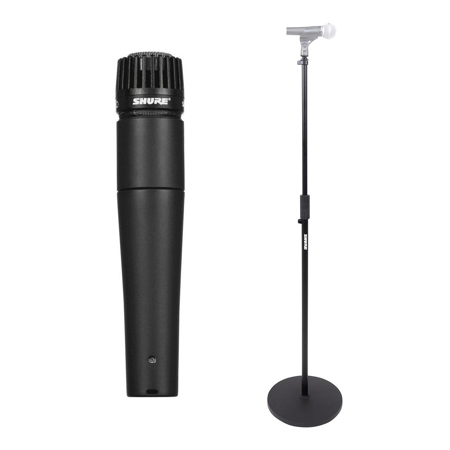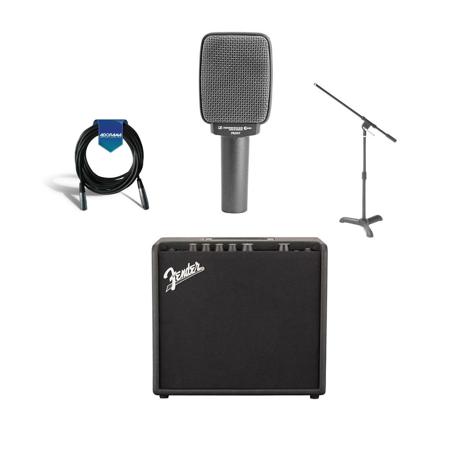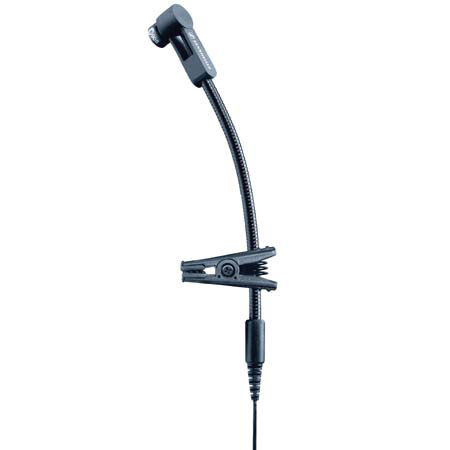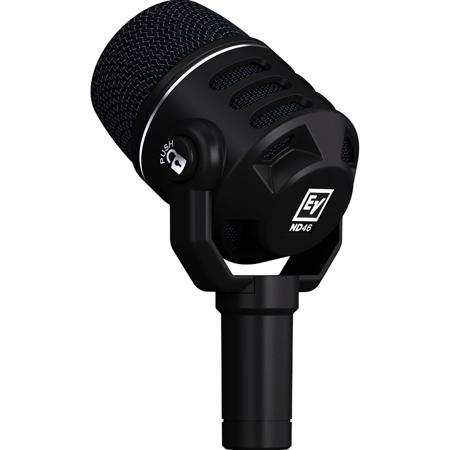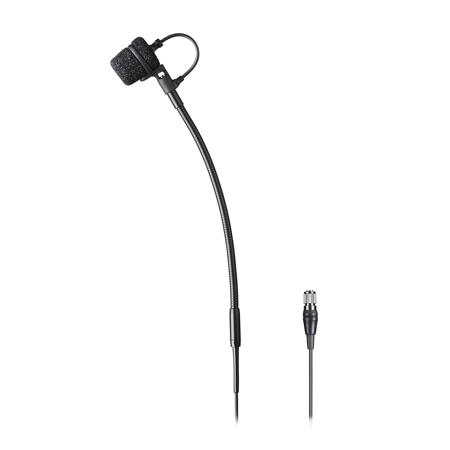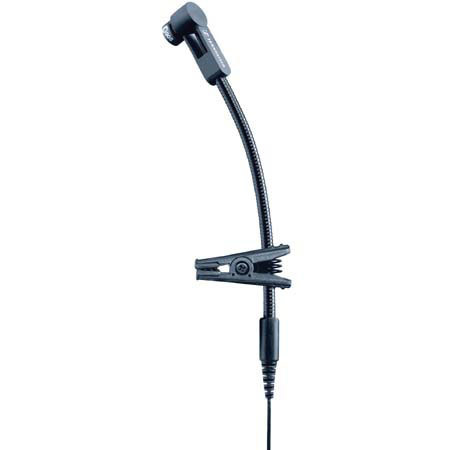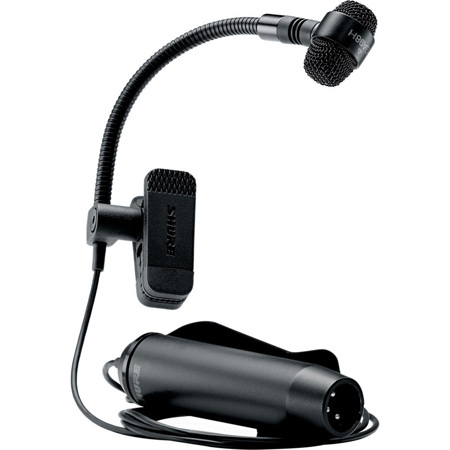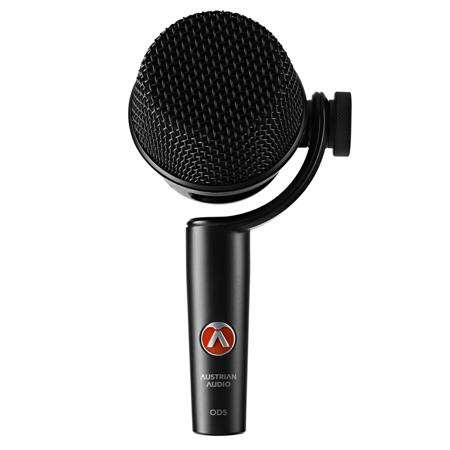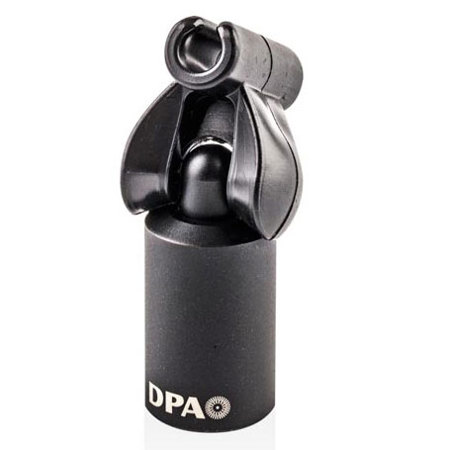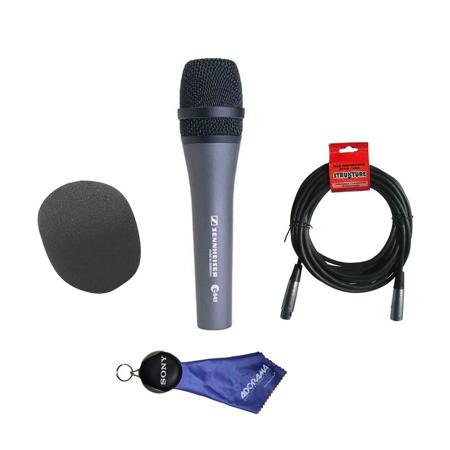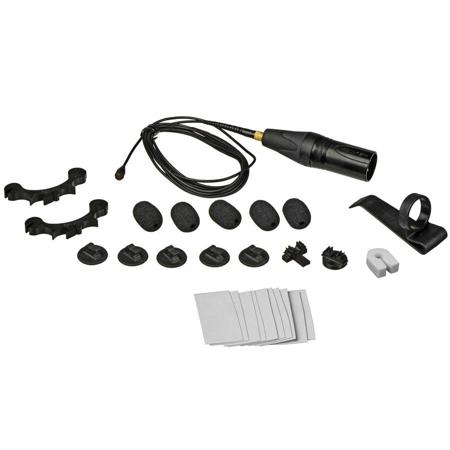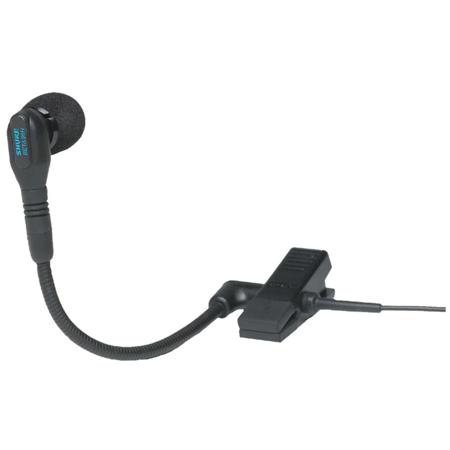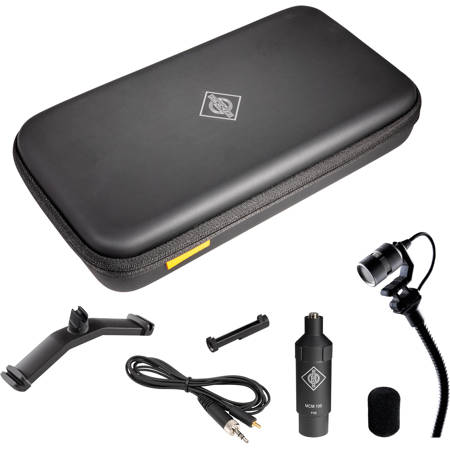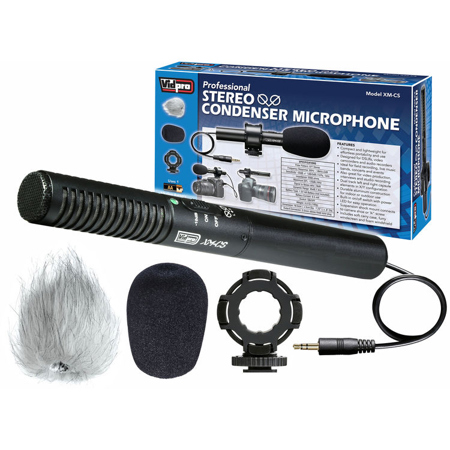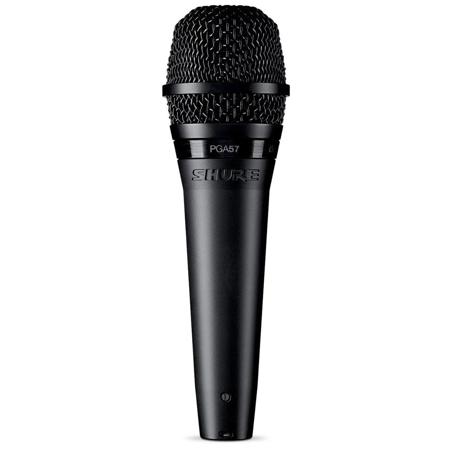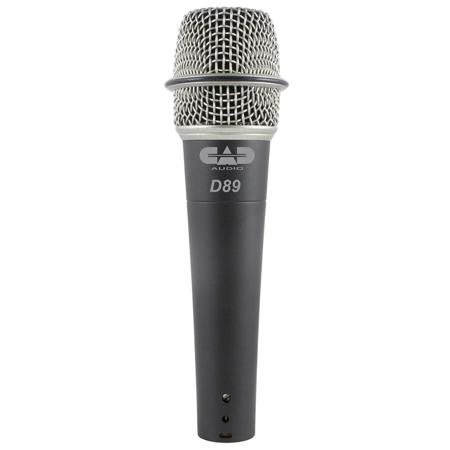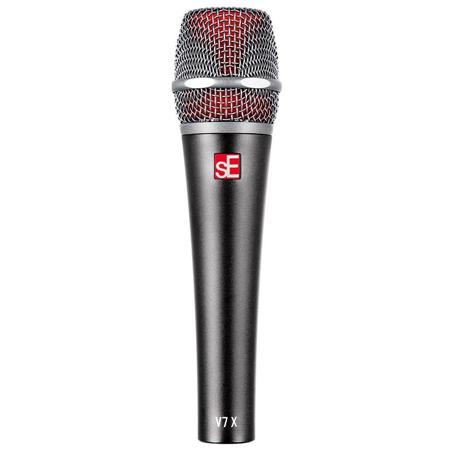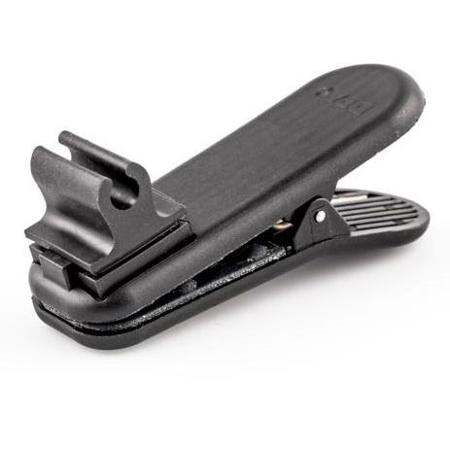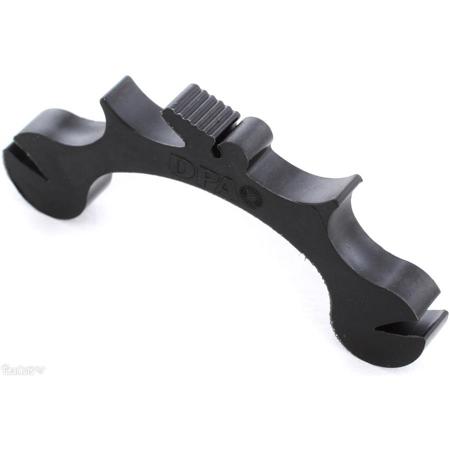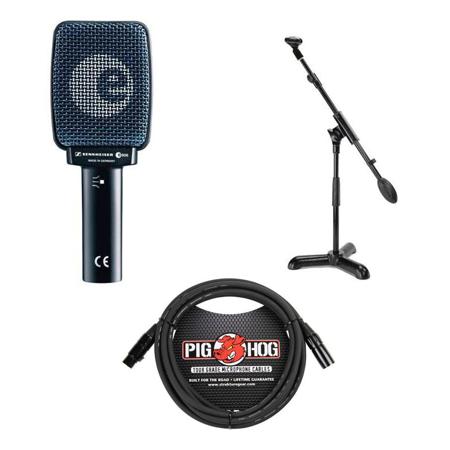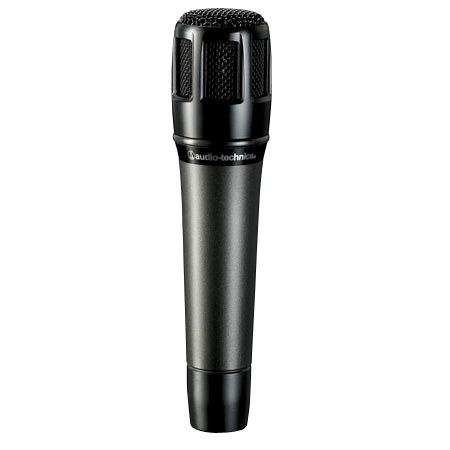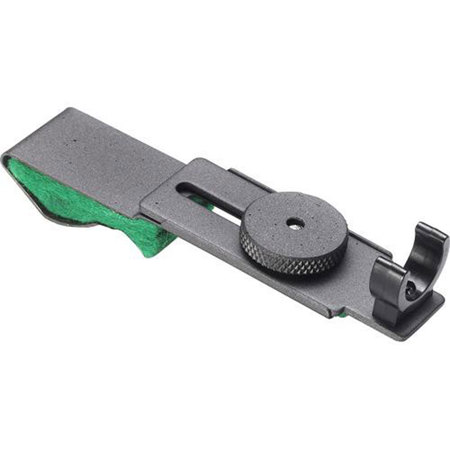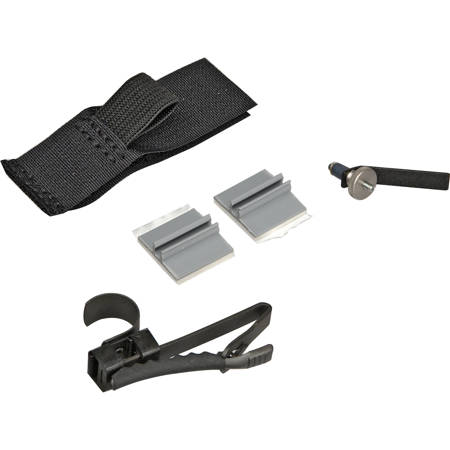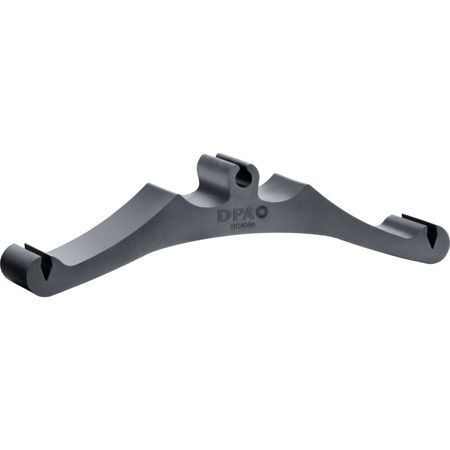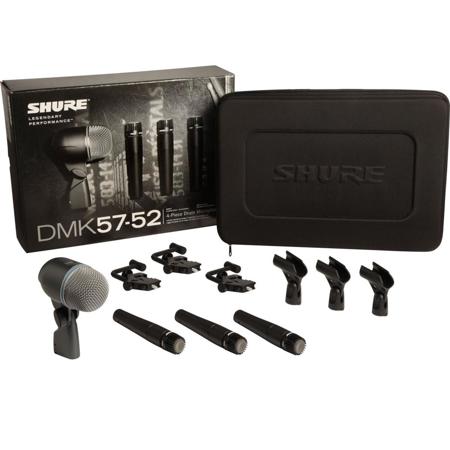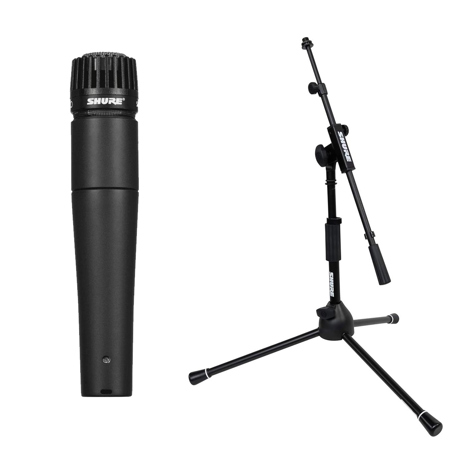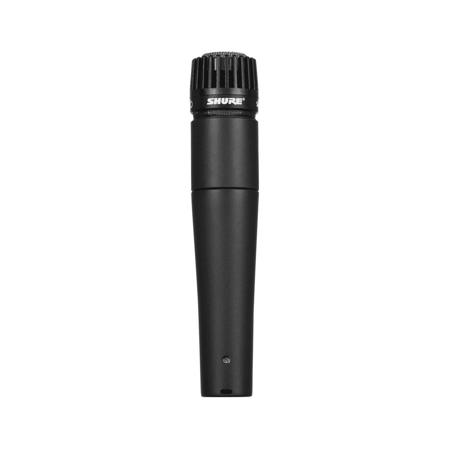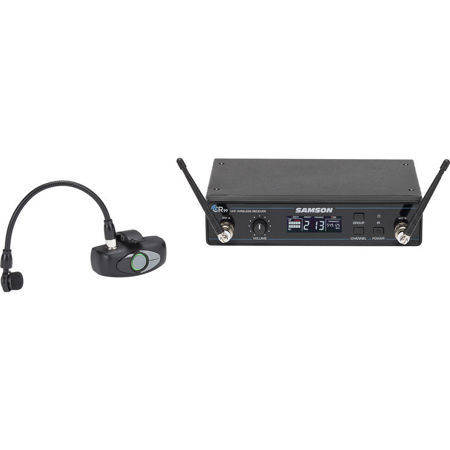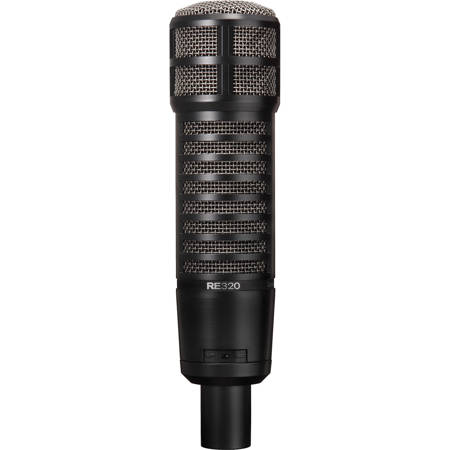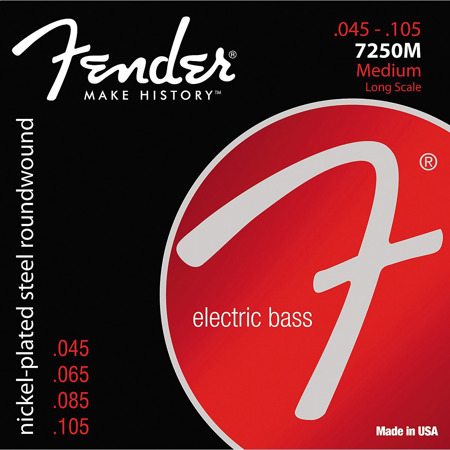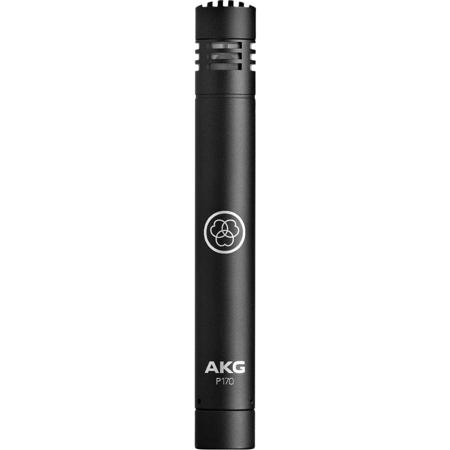String Instrument Microphone
As autumn's colors bloom and the air turns crisp, musicians and audio enthusiasts alike find themselves drawn indoors, where the sound of string instruments can fill a room with warmth. For those looking to capture this magic, selecting the right string instrument microphone becomes essential. Whether you are a seasoned performer, a recording engineer, or simply gifting a loved one who cherishes their string instrument, understanding the nuances of these specialized microphones can elevate the experience significantly. String instruments, with their rich harmonics and delicate timbres, require microphones that can accurately capture their complex sounds without losing any subtlety.
The journey of choosing the ideal instrument microphone involves several considerations. First and foremost, the type of string instrument plays a pivotal role. Violins and cellos, with their higher frequency overtones, might benefit from a different microphone type than guitars or double basses, which offer deeper, resonant tones. The setting is also crucial—studio recordings often have different requirements than live performances. In a studio, where every nuance can be controlled and isolated, a condenser microphone might be the perfect choice due to its sensitivity and wide frequency response. However, in the lively environment of a live performance, where robustness and the ability to handle high sound pressure levels are paramount, Dynamic Instrument Microphones often become the go-to.
Moreover, the acoustics of the space where the music is being played or recorded will influence microphone placement and choice. A room with good natural acoustics may allow for a more ambient mic setup, capturing not just the sound directly from the instrument, but also how it interacts with the environment. In contrast, a more acoustically dead space might require close miking to avoid a flat or dry sound. Personal preference also plays a role; some musicians prefer the crisp detail captured by placing a small-diaphragm condenser close to the instrument, while others may seek the warmth and body that a large-diaphragm condenser can provide when placed a few feet away. As the leaves outside turn golden and fall, inside, the careful selection of a microphone can lead to recordings and performances that preserve the best qualities of a string instrument’s sound, ensuring that the music played resonates beautifully and authentically with every note. Whether capturing the intimate pluck of a harp, the vibrant strum of a mandolin, or the soulful bowing of a viola, the right microphone can make all the difference, enveloping the listener in a blanket of melodious tones that echo the serenity of the season.
The journey of choosing the ideal instrument microphone involves several considerations. First and foremost, the type of string instrument plays a pivotal role. Violins and cellos, with their higher frequency overtones, might benefit from a different microphone type than guitars or double basses, which offer deeper, resonant tones. The setting is also crucial—studio recordings often have different requirements than live performances. In a studio, where every nuance can be controlled and isolated, a condenser microphone might be the perfect choice due to its sensitivity and wide frequency response. However, in the lively environment of a live performance, where robustness and the ability to handle high sound pressure levels are paramount, Dynamic Instrument Microphones often become the go-to.
Moreover, the acoustics of the space where the music is being played or recorded will influence microphone placement and choice. A room with good natural acoustics may allow for a more ambient mic setup, capturing not just the sound directly from the instrument, but also how it interacts with the environment. In contrast, a more acoustically dead space might require close miking to avoid a flat or dry sound. Personal preference also plays a role; some musicians prefer the crisp detail captured by placing a small-diaphragm condenser close to the instrument, while others may seek the warmth and body that a large-diaphragm condenser can provide when placed a few feet away. As the leaves outside turn golden and fall, inside, the careful selection of a microphone can lead to recordings and performances that preserve the best qualities of a string instrument’s sound, ensuring that the music played resonates beautifully and authentically with every note. Whether capturing the intimate pluck of a harp, the vibrant strum of a mandolin, or the soulful bowing of a viola, the right microphone can make all the difference, enveloping the listener in a blanket of melodious tones that echo the serenity of the season.
